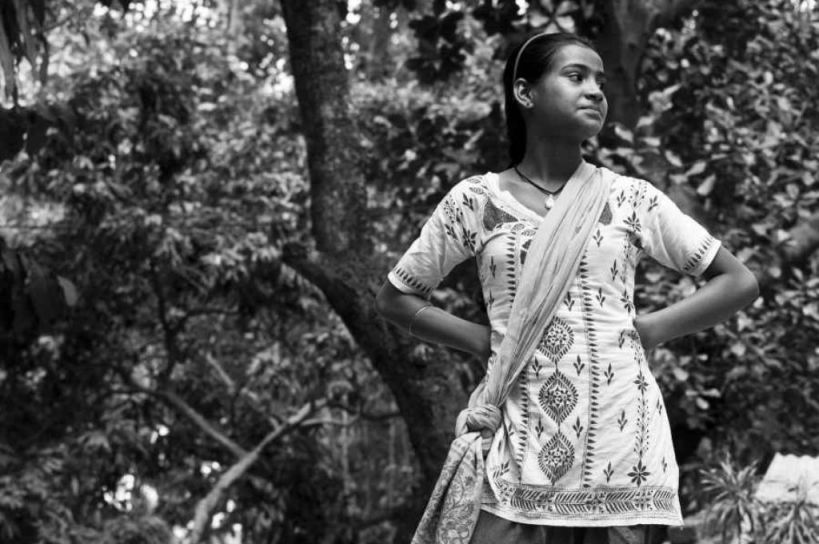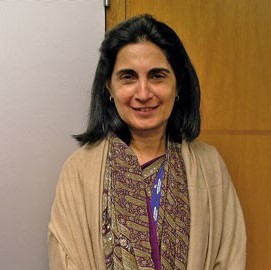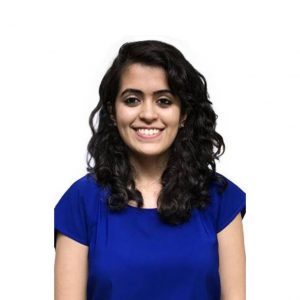COVID-19 has developed into an unprecedented public health crisis, the impact of which has been seen across global health systems and services. As the crisis continues to evolve in India, there is a need to examine the impact of the pandemic and ensuing nation-wide shutdown on young people’s lives, particularly, their experience of mental ill health.
The Dasra Adolescents Collaborative conducted a survey of 111 youth-serving organisations, working with more than 32 lakh young people, to better understand their perspectives on the experiences of the people they serve. The survey asked organisations about whether one or more of the boys and girls they work with had reported health-related concerns, challenges in obtaining services, and the variations in the incidences of these challenges, both before and after the onset of the pandemic. It also asked about actions taken, if any, to improve the situation.
This article draws on the findings from the survey, with a focus on programme implications relating to health and access to care during the lockdown.
Related article: Mental health and COVID-19 in India
Mental ill health
The United Nations has reported a rapid global rise in mental ill-health since the pandemic began. Additionally, research has indicated that prolonged quarantine periods can have a lasting negative impact on psychological well-being and, for adolescents and young people, an increased risk of Post Traumatic Stress Disorder (PTSD), as well as anxious and depressive symptoms. Our study concurs with these trends:
- Panic and anxiety: Sixty-seven to seventy-four percent of surveyed organisations reported that adolescent boys and girls had approached them with feelings of panic and anxiety. Forty-six percent of organisations reported that they had been approached for the first time during the lockdown by young people experiencing these symptoms.
- Sadness and depression: Seventy-four percent of organisations that worked with girls and 67 percent of those working with boys reported that young people had experienced sadness and depression for a prolonged period. Moreover, 43 percent of organisations working with girls and 36 percent of those working with boys reported that mental health concerns had only emerged among adolescents during the lockdown period.
- Suicidal ideation: As many as five to six percent of organisations reported that an incident of suicidal thought or attempted suicide had come to their attention for the first time during the lockdown. In comparison, 2-3 percent reported having been approached by a young person contemplating or attempting suicide both before and during the lockdown period.
To respond to young people’s need for mental health counselling, surveyed organisations undertook a variety of actions:
- Referral to a professional: Seventy-five percent ensured that field staff provided counselling and appropriate referrals to young people in need; 48 percent referred the young person to a mental health helpline operated by themselves or a partner; and 26 percent referred the young person to another facility. Only three percent of organisations reported that no action could be taken.
- Prevention and stress management: Sixty-eight percent supported the peer educators/leaders from their community to provide relevant information to, and conduct activities with, groups of young people. Additionally, 51 percent sought to build the capacities of frontline workers to better recognise and address young people’s concerns. Other interventions included preparing and distributing written material (35 percent) or apps (25 percent) on stress management and other mental health matters for the young.
- Other strategies: Seven percent of organisations adopted other strategies, such as establishing a mentoring programme, chatbot, or information centre, making referrals, and raising awareness with Panchayati Raj Institutions and community stakeholders. Responding organisations also elaborated on the usage of various COVID-19-specific toolkits for children and youth, such as this one, created by UNICEF and ChildLine India.
Access to health services
Large proportions of responding organisations indicated that young people experienced challenges accessing healthcare during the lockdown:
- Illnesses unrelated to COVID-19: Sixty-one percent found that young people had experienced challenges in accessing healthcare for injuries and illnesses unrelated to COVID-19 (89 percent of these organisations were able to support those in need to access timely care or reach a facility or a frontline worker).
- Menstrual health and Iron and Folic Acid (IFA) tablets: Seventy-four percent indicated that young people were unable to access, or experienced difficulties in accessing sanitary napkins. Additionally, between 35-54 percent indicated a shortage in supplies of weekly iron and folic acid supplements (WIFS). Several of these organisations observed that such shortages were experienced by young people for the first time during the lockdown.
- Contraceptives and pregnancy-related healthcare: Twenty-six to thirty percent received reports that young people were not able to access contraceptives during the lockdown period, while 52 percent reported that pregnant youth had experienced difficulty in accessing antenatal, delivery and/or post-partum care. What is notable is that many organisations reported that difficulty obtaining these services had been experienced only in the post-lockdown period and not earlier. Access to safe abortions was particularly challenging, with 12 percent of organisations receiving reports of difficulty in obtaining pregnancy termination services during the lockdown.

As the pandemic evolves, it will be critical to ensure that young people have access to quality services for counselling and other tools for psychosocial support. | Picture courtesy: Sanlaap
Organisations undertook various actions to combat the above-mentioned challenges.
- Forty-two percent were able to alert the authorities to provide the supplies, and 27 percent assisted functionaries in distributing the supplies.
- Forty-three percent trained youth to hygienically use cloth for menstruation and 40 percent sought to procure and distribute these supplies themselves. One responding organisation also succeeded in obtaining a free supply of sanitary napkins from the manufacturer for distribution.
- Fourteen percent of organisations however, were unable to take any action to support in obtaining sanitary napkins or IFA tablets.
- Forty-nine percent alerted the authorities, 30 percent assisted healthcare providers to distribute contraceptives at the community-level, and 15 percent procured contraceptives and distributed them to young people they served.
- Ninety-five percent took action to expedite the provision of maternal and pregnancy-related care and 37 percent alerted frontline workers and other healthcare providers to take action.
- Finally, every organisation that received reports of a girl having difficulty accessing a safe abortion was able to facilitate the provision of appropriate services.
Related article: The pandemic’s impact on adolescents
What needs to be done going forward
As civil society organisations continue to grapple with this crisis, some key recommendations include:
- Restore the provision of sexual and reproductive health (SRH) supplies and services: It is critical to expand service delivery mechanisms for young people, including identifying alternative routes to deliver health services. This includes allowing health services to piggyback on to private supply chains, and empowering peer educators to identify young people in need and coordinate access to supplies and services for them.
- Strengthen existing platforms for healthcare provision: Existing platforms, such as Rashtriya Kishor Swasthya Karyakram’s (RKSK) community-based activities and linkages with Adolescent Friendly Health Centres (AFHCs) need to be strengthened in order to ensure that frontline workers are able to continue providing SRH information, make referrals, and distribute supplies.
- Create and implement emotional resilience programmes: As the pandemic evolves, it will be critical to ensure that young people have access to quality services for counselling and other tools for psychosocial support, as well as virtual peer group and social interactions. The RKSK’s AFHC network and trained counsellors are also a key resource in this respect.
- Provide training and capacity building for professionals: There is an urgent need to train healthcare professionals, including counsellors and frontline workers, as well as school and college teachers, to use technology to provide services digitally, and identify early warning signs for at-risk youth.
- Engage and train peer educators: Training peer educators already engaged under schemes such as Ayushman Bharat and the RKSK , as well as the organisations’ own networks of youth champions, can play a critical role in identifying early warning signs for physical and mental health issues among their peer groups, and can make referrals to relevant facilities or providers.
- Invest resources into digital or telephonic interventions: Developing new tools and maintaining existing accessible resources, such as helplines, tele-medicine resources, ‘Find A Clinic’ services, and other similar tools will ensure that young people and their families are able to access services as required.
- Build awareness of and sensitise parents: Training and sensitising parents about the needs of adolescents is essential, ensuring that they are able to communicate openly and non-judgementally, thereby supporting young people to fulfil their sexual and reproductive health and mental health needs.
Insights gathered from this study indicate that young people’s health has been severely affected by the pandemic and is in need of urgent attention from all stakeholders. There is a critical need to act upon these recommendations, ensuring that we work towards protecting and addressing the needs of the young, to ensure that adolescents and youth across the country meet and live up to their full potential.
—
Know more
- Read this research paper on adolescent psychiatric disorders during the COVID-19 pandemic and subsequent lockdown.
- Read this report on the impact of COVID-19 on youth in three Indian states.
- Read this research paper on the potential impacts of COVID-19 on sexual and reproductive health in low- and middle-income countries.







